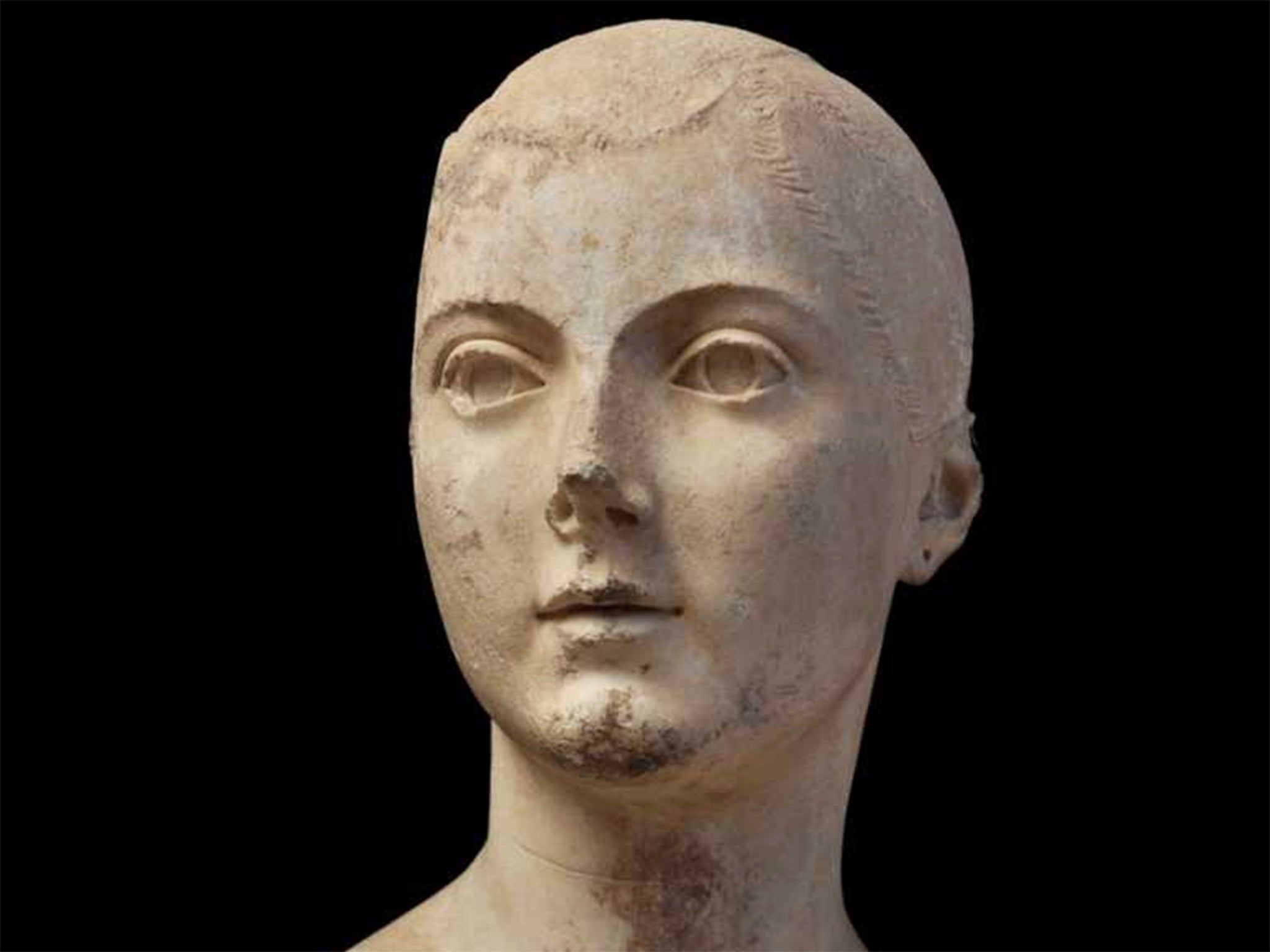Torlonia collection: Roman treasures to go on show after four decades in storage
Italian government finally convinces owners to grant public access to part of extraordinary collection of artworks

It is perhaps the most important art collection from antiquity in existence. But few people have ever seen it.
For four decades the Torlonia collection of 620 statues and sarcophagi from the Roman empire, including busts of Julius Caesar and sculptures of the gods, has lain in the basement of a stately home, collecting dust, while successive governments have tried and failed to persuade its owners to do the right thing – and let the world see it.
But the Italian government announced that finally a part of the collection – up to 90 of the most important marble and alabaster artworks – will go on public display in Italy and then abroad within a year.
“The agreement that we’re signing today is historic and will allow the public access to the extraordinary Torlonia collection of sculptures and monuments of classical art,” said the Culture Minister Dario Franceschini.He said the first exhibition would be in Rome, probably in the Palazzo Caffarelli… “and then in the United States and a major European museum”. He said the ultimate goal was to establish a permanent exhibition of the collection in Rome.
Ten years ago, during one of the many failed attempts to gain public access to the artworks, a price of £100m was put on the collection. It was reported that even attempts by Silvio Berlusconi, Italy’s billionaire Prime Minister, to buy the collection to donate it to the state, came to nothing. Most experts consider it impossible to put a price on the collection.
At last the public will be able to see these marvellous artworks
Under the deal announced on Tuesday, the artworks’ owners and the state will co-operate in valuing, restoring and displaying the statues and sarcophagi. The collection is named after the Torlonia clan, relative newcomers to the ranks of Rome’s aristocracy, who acquired it two centuries ago in a rather opportunistic fashion.
Mario Torlonia, a financer of humble origins, was gifted a title by Pope Pius VI at the close of the 18th century after he helped sort out the papal finances. The Torlonias continued to make a fortune and earn the opprobrium of Rome’s upper classes by grabbing the classical artworks from the Giustiniani clan, when this family defaulted on a loan.
Until 1976, the artworks were kept in 77 rooms of the Torlonias’ Via Lungara palace. Access was granted only occasionally to experts or dignitaries. But that year the entire collection was moved to the basement of another stately home, in the hope that the Via Lungara residence, close by the River Tiber in the city centre, could be turned into 90 or so lucrative apartments – plans overruled by authorities. The Torlonias have since proven impervious to all attempts to make the collection widely available. But last month La Repubblica newspaper predicted that after six months of intense negotiations, an accord was near, and that Mr Franceschini, was prepared to go the extra mile and “draw a veil” over the ill will to ensure the art collection finally saw the light of day.
Professor Carlo Gasparri, the leading authority on the collection, who will curate next year’s exhibition, told The Independent he was relieved that “this drawn out and painful business” had finally come to an end. “At last the public will be able to see these marvellous artworks,” he said.
He believed the breakthrough came because the Culture Ministry had adopted a more pragmatic approach by touting a public-private solution instead of trying to grab back the entire collection into state hands. Mr Franceschini said the agreement was “the result of an intense and effective dialogue with the Torlonia family”.
Subscribe to Independent Premium to bookmark this article
Want to bookmark your favourite articles and stories to read or reference later? Start your Independent Premium subscription today.

Join our commenting forum
Join thought-provoking conversations, follow other Independent readers and see their replies